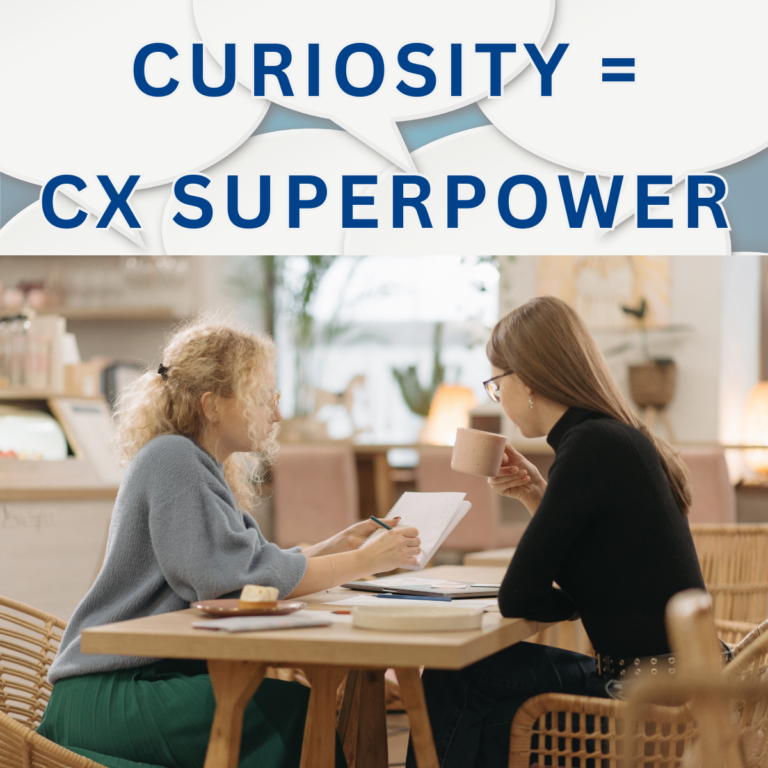Donor and volunteer loyalty is a critical aspect of sustaining a non-profit organization’s success and impact. Implementing a Voice of Customer (VoC) strategy can profoundly influence donor engagement, satisfaction, and long-term commitment. The VoC strategy involves collecting and analyzing feedback directly from donors and volunteers to understand their expectations, experiences, emotions, motivations, and preferences and from employees to develop a complete picture of your donor and volunteer base. Here are three steps to build a VoC strategy from the ground up: develop a feedback system, analyze and act on the feedback, and implement continuous improvement.
Develop a Comprehensive Feedback System
Creating a reliable feedback system is crucial in understanding donors’ perspectives. Utilize various channels such as surveys, social media, direct conversations, and emails to collect feedback. Tailor the questions to capture information about their motivations for donating, their satisfaction level with the organization’s efforts, suggestions for improvement, and how the organization makes them feel/ how they want the organization to make them feel.
Feedback obtained from donors can be a goldmine of insights for your marketing strategy. It helps in identifying key areas that resonate with donors, enabling the organization to craft targeted marketing campaigns that align with donor interests, preferences, and expected emotions.
Areas to collect feedback:
Feedback can be collected during donor meetings, volunteer board meetings, on giving forms, and in response to stewardship activities, campus visits, emails, telefund….
Analyze and Act
More than collecting feedback is required; analyzing it and taking appropriate actions are equally important. Identify recurring themes and trends in the feedback received. Categorize feedback into positive, negative, and constructive suggestions. Use this analysis to make data-driven decisions to enhance donor and volunteer experiences.
Analyze your data into two to four categories based on donor profile (it’s easy to get donor analysis paralysis — if this is your first time, stick with the most significant categories), for example: never given, loyal donor, new donor, major donor (or whatever makes the most sense for your organization). What are the themes in each category? What are the emotions that come up?
Overlay the feedback you collected with the donor journey. Let’s look at emotions — are the emotions in response to certain parts of the journey? Are they what’s driving the donation? Is it what the donor feels after the donation? Is this the emotion that you want your donors to feel? Do certain parts of the journey yield different emotions? If there is a tendency to feel frustration during appeals, dive in — why? Is it the messaging? Is it the frequency of appeals? Is it in response to a giving form?
Let’s say there’s an increase in the feeling of frustration around the donor form — take a look at the form or, better yet, watch a donor navigate to the form and complete it — is there something that’s causing friction? What’s the feeling in response to telefund calls? Is it across the board, or are there different emotions with different callers? What are the callers doing differently? Who are the callers who are making the donors feel the target emotion? What are they doing well? How can their work be duplicated/shared with those who aren’t receiving the same emotion type from donors?
What if the emotion you want your donors to feel is fulfillment? Are marketing, stewardship, and annual giving, for example, each group aligned on delivering that feeling? Or, is each group having their feelings (urgency, excitement, nostalgia)? Driving different feelings confuses donors and can lead to a poor experience, impacting the amount and frequency of gifts.
It’s not easy to find emotion, and you may want a different emotion for different experiences. Attending a reunion weekend may cultivate feelings of nostalgia, while networking online may create feelings of hope for finding the perfect job. It may take some time to hone in on the correct emotion for each experience. Once you find that emotion, use it, and then measure it — “Did returning to campus for the reunion make you feel nostalgic?” provide a five-point scale.
Implement Continuous Improvement
When collecting feedback from various surveys, conversations, and emails, don’t just acknowledge the feedback with a generic “thank you for your feedback” reply. Let donors know how their feedback is shaping new programs, improving current programs, or where new projects stand about their suggestions. When collecting feedback from surveys, for example, ensure that the email used to deploy the survey is monitored for additional feedback. There’s nothing worse than asking for feedback and leaving an email unmonitored.
Now- do what you said you would — look at the feedback. Are there themes? What’s the good, the bad, the ugly? How and where can you institute changes? Continue to collect feedback and monitor how the changes you’ve implemented or the programs you stopped impact the emotions and feedback gathered.
The Voc program can be set up organization-wide or start as a seed and grow across the organization.
The great thing about implementing a VOC strategy is that you’ll quickly begin to see the rewards- you’ll gather new insights and ways to connect with volunteers and donors.
Please reach out if you have questions. I love this stuff and would be happy to guide you through what could work best for your organization.
Interested in this topic? Take a look at how to understand behavior in alumni relations.




